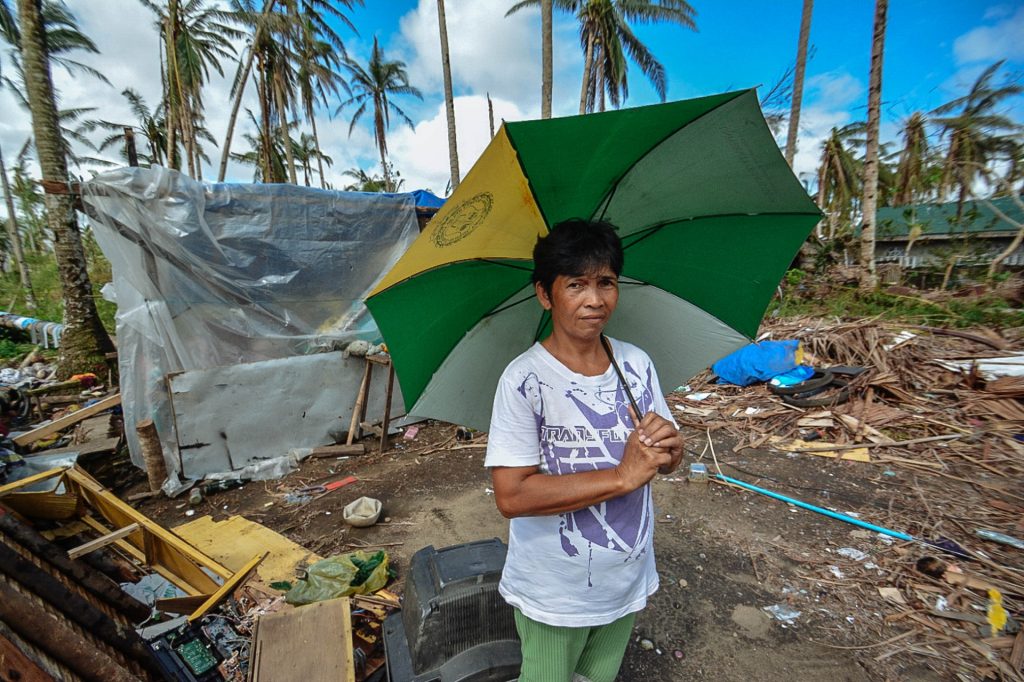Impact is the long-term change your work creates in a community. It is one type of project results along with outputs and outcomes. Formal impact assessments can be used to evaluate these long-term changes and their effectiveness. Donors, partners, and NGOs can then use this information in decision-making, budget justification, etc.
Impact assessments came from the public sector, where governments use them to evaluate the effectiveness of programs and policy decisions. However, impact assessments are being increasingly asked of NGOs by donors, partners, and the NGOs themselves. It is important to note here that impact assessments are formal and evidence-based. They often require extensive research, statistical tools, and a detached viewpoint. Typically, it is best practice to hire an outside group to conduct the assessment. Still, it is definitely possible for NGOs to conduct their own impact assessments if they plan accordingly and allocate enough resources.
Uses of Impact Assessments
Understanding the long-term changes a program creates is very important decision-making and developing strategies. Impact Assessments can be very useful to donors deciding where their grant money is best spent. Depending on the results of impact assessments, donors may choose to fund certain strategies or interventions, change their priorities, and/or reallocate funding to NGOs with demonstrated impact. NGOs can also use impact assessments to make informed decisions on which projects to expand or redesign. NGOs can then show these results to donors as a justification for increased funding on certain projects, etc.
Difficulties of Impact Assessments
Good impact assessments can be very helpful to NGOs and donors both. However, they can be difficult to implement and are not something every NGO can accomplish.
The first barrier to creating a meaningful impact assessment is time. Impacts do not show themselves in the short-term. An NGO must have been working for at least a couple of years before the first impacts may be measurable. Additionally, if the NGO does not have any baseline data or years of M&E to draw on, it can be nearly impossible to follow-up with past beneficiaries and show change over time.
Staff time and institutional memory is also a challenge when trying to complete an impact assessment. So many NGOs and their employees are over-committed. They struggle to stay on top of day-to-day operations. Thus, it is hard to expect staff to take time away from projects to work on challenging and high-level assessments. This becomes even more difficult in the case of NGOs relying on support from short-term volunteers or NGOs with a high turnover rate. Institutional memory is very useful when organizing an impact assessment, and this lack can making acquiring information challenging.
Another challenge is defining what impact is for your program and deciding how to measure it. Similar to confusing output for outcomes, objectives for activities, it is very easy to lose focus and accidentally measure the wrong indicators. You can minimize this difficulty by using participatory methods and building strong plans for impact assessment into your projects from the very beginning.
Do You Need an Impact Assessment?
As you can see, impact assessments come with a number of drawbacks. Still, impact assessments can provide a wealth of knowledge that can greatly help the NGO, partners, and donors. If your NGO has been around for a long time and wants to improve programming, then impact assessments could be useful. If your donors ask about the impact in your budget justification, having an impact assessment may make sense. But if you are a new NGO and your donors have not asked for this, it may be too soon. Instead, start preparing now by setting strong M&E plans to all your programs. This will help in the future when your NGO is ready for an impact assessment.

